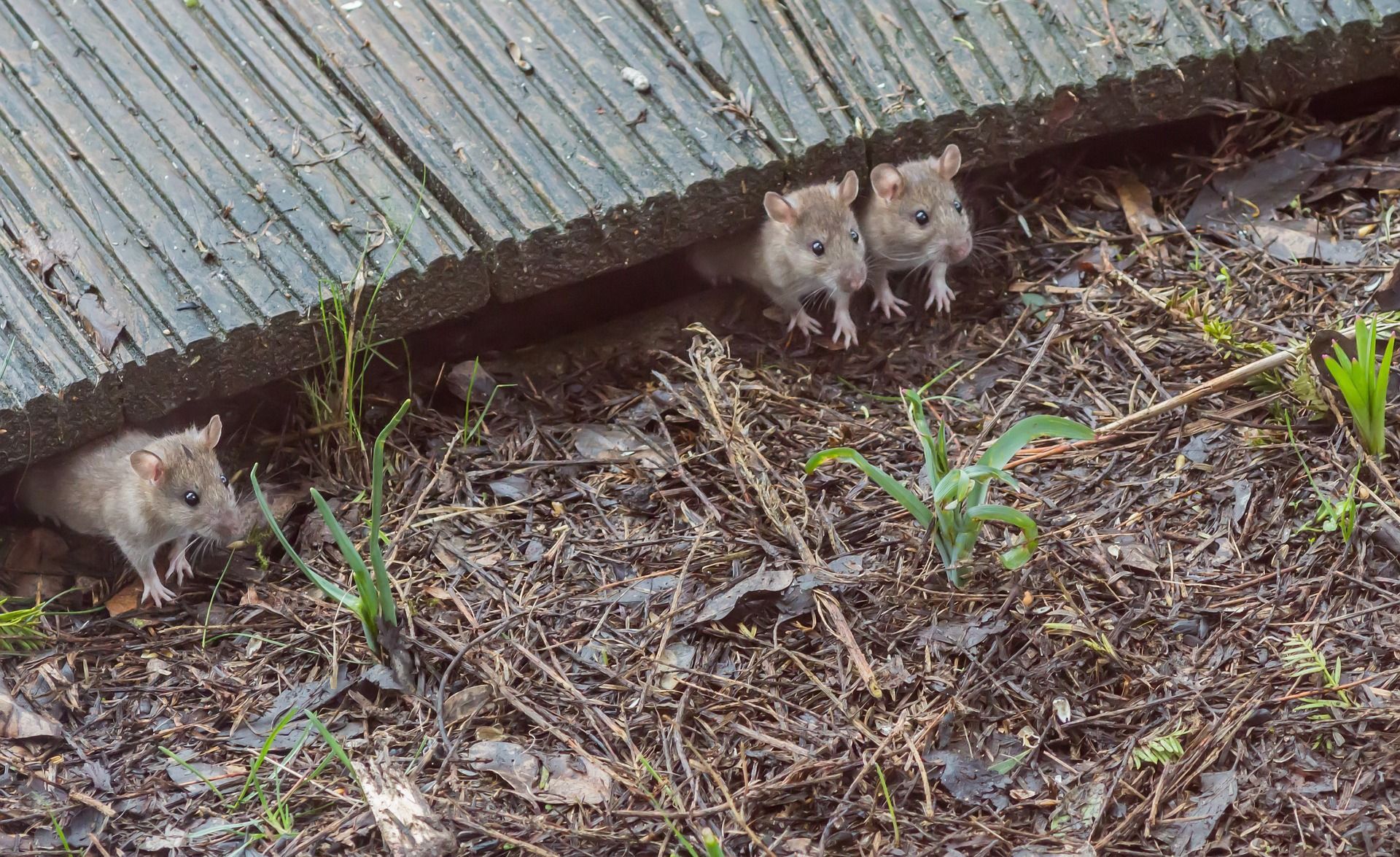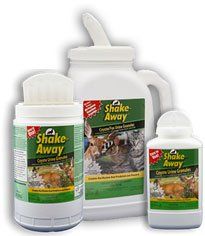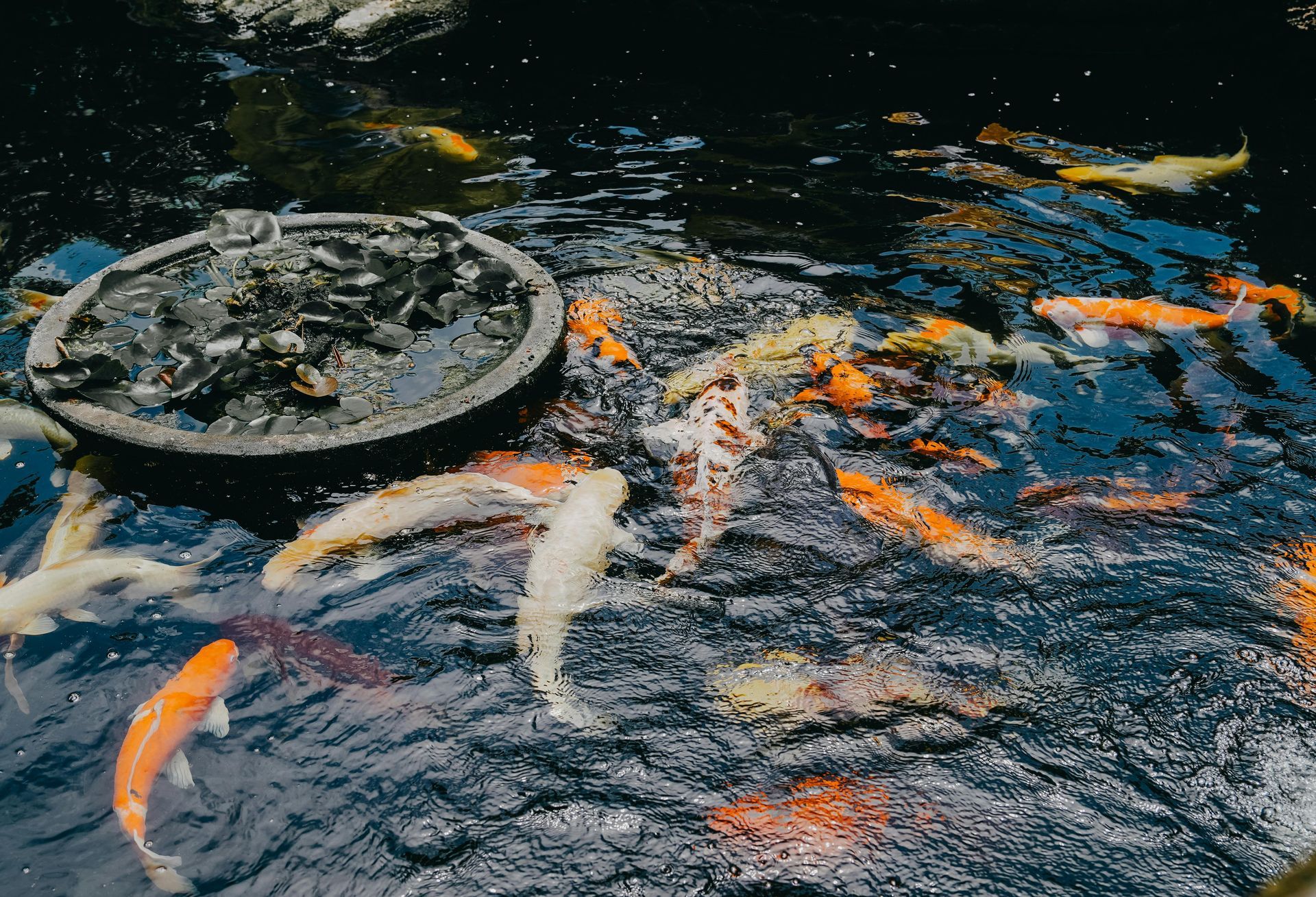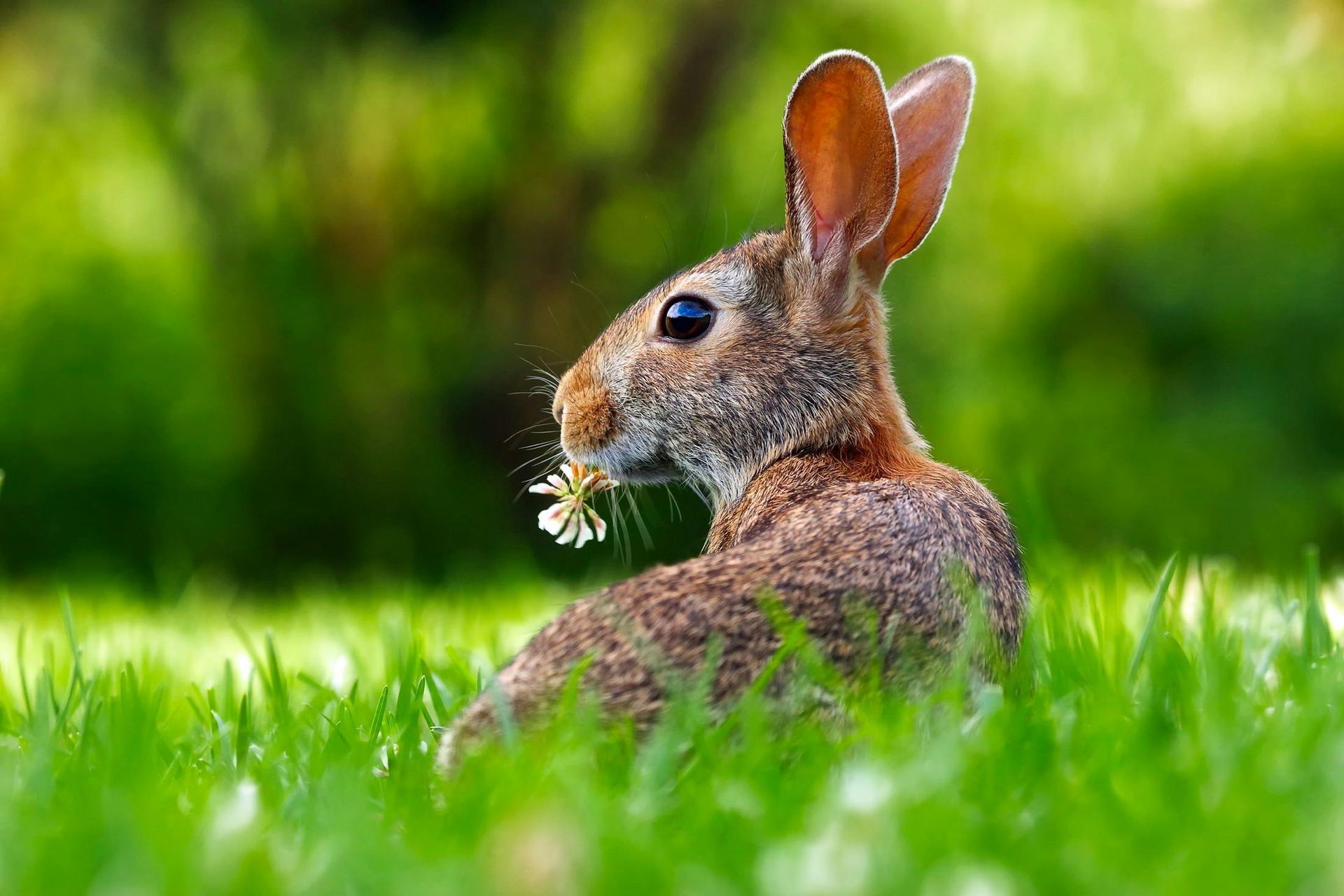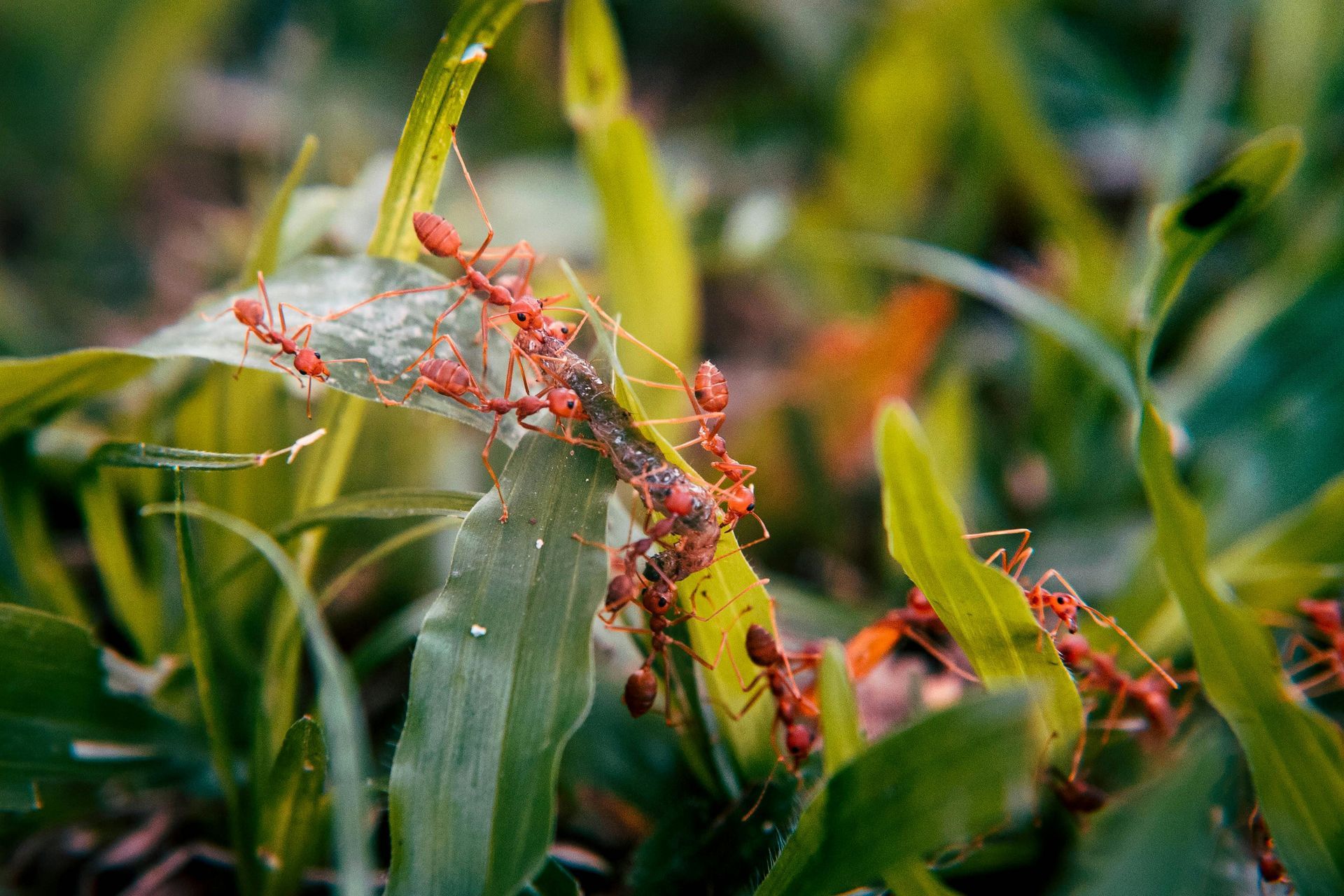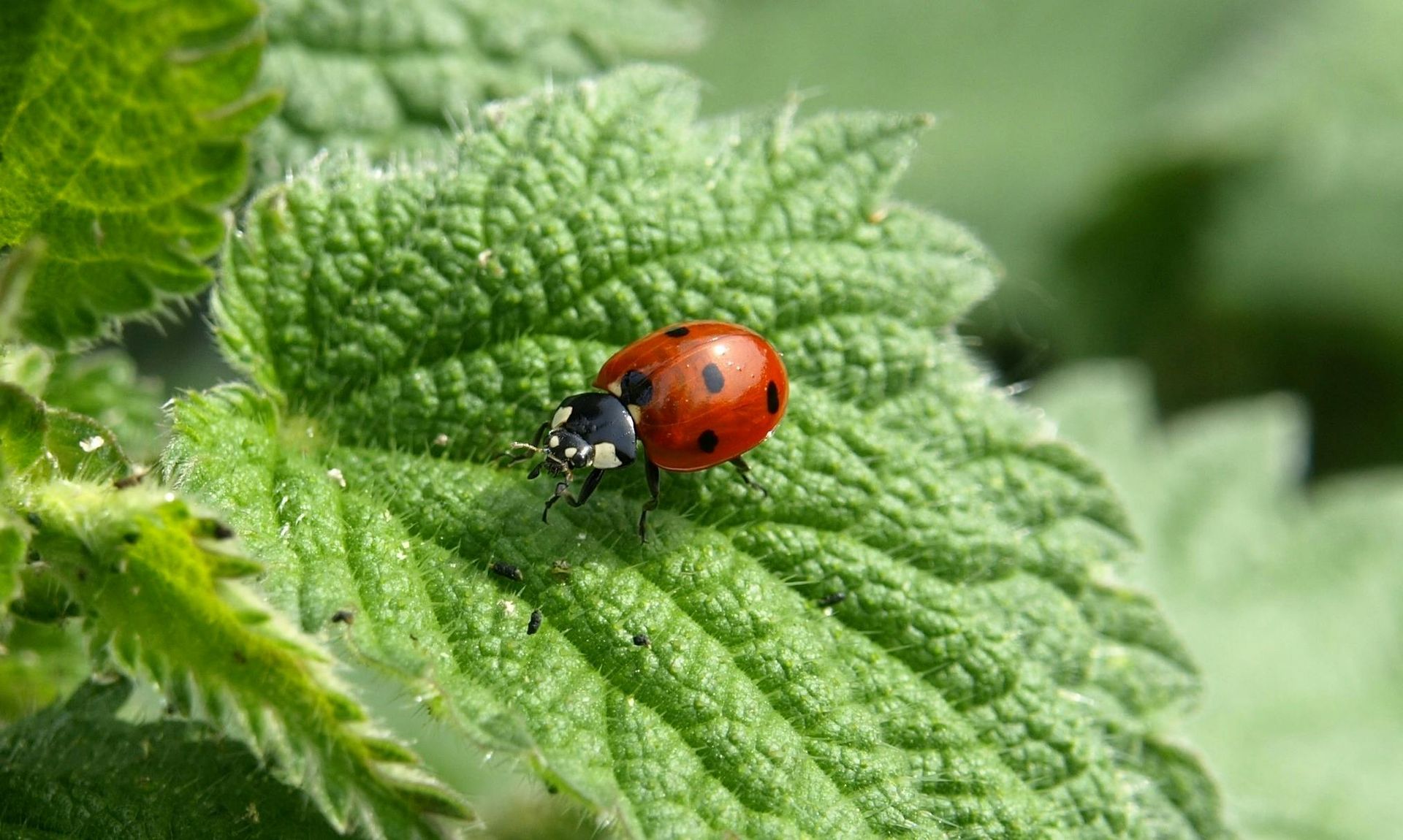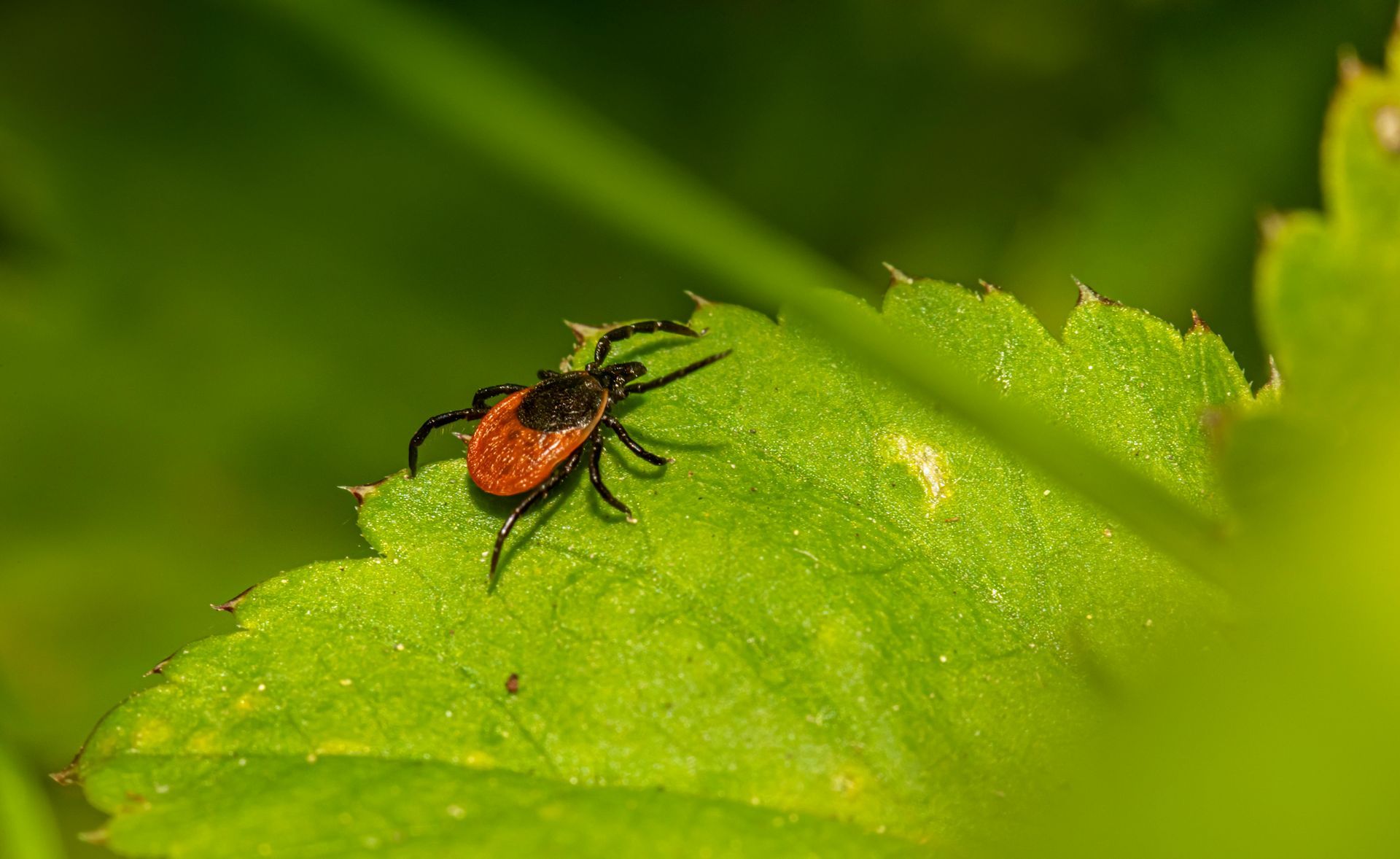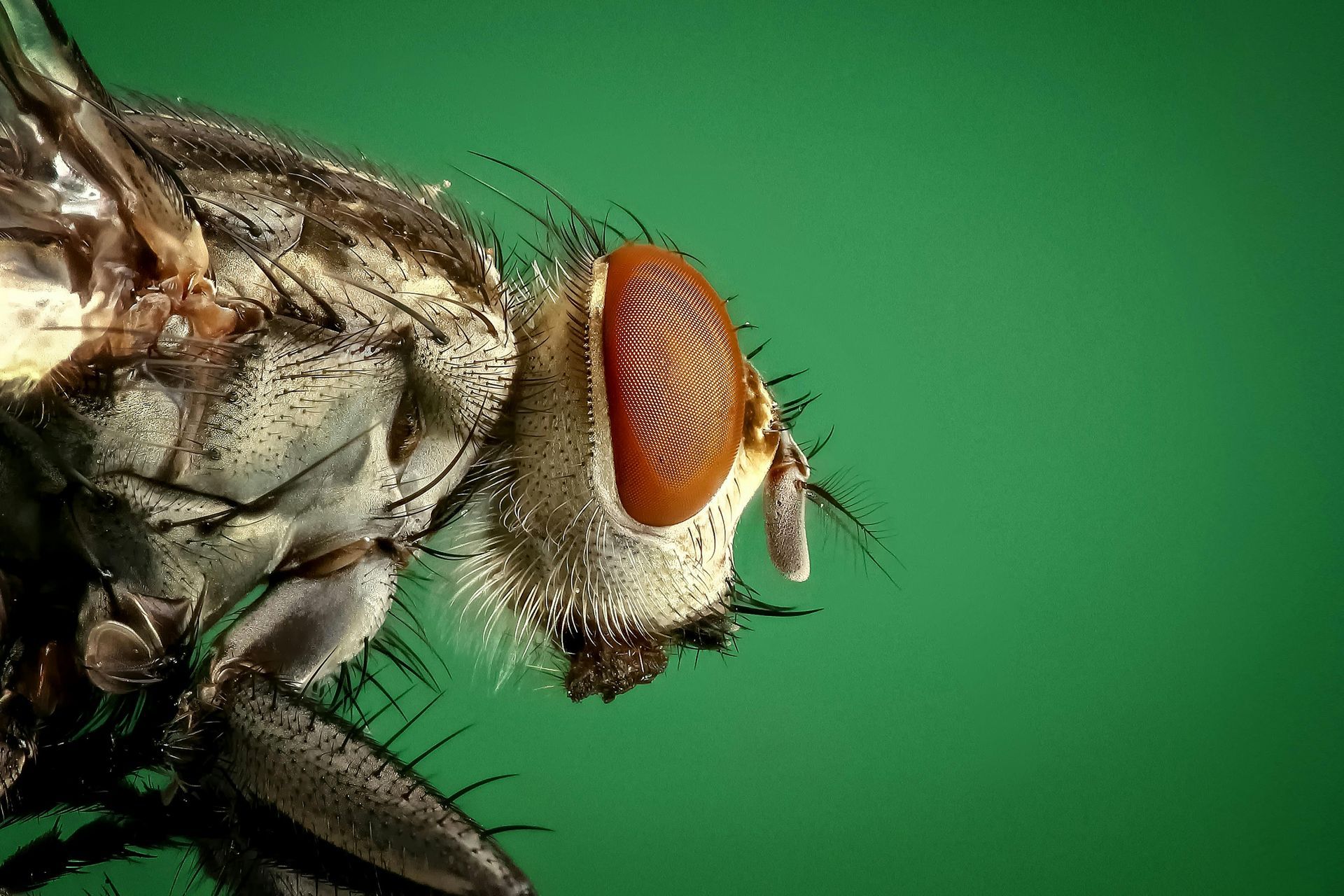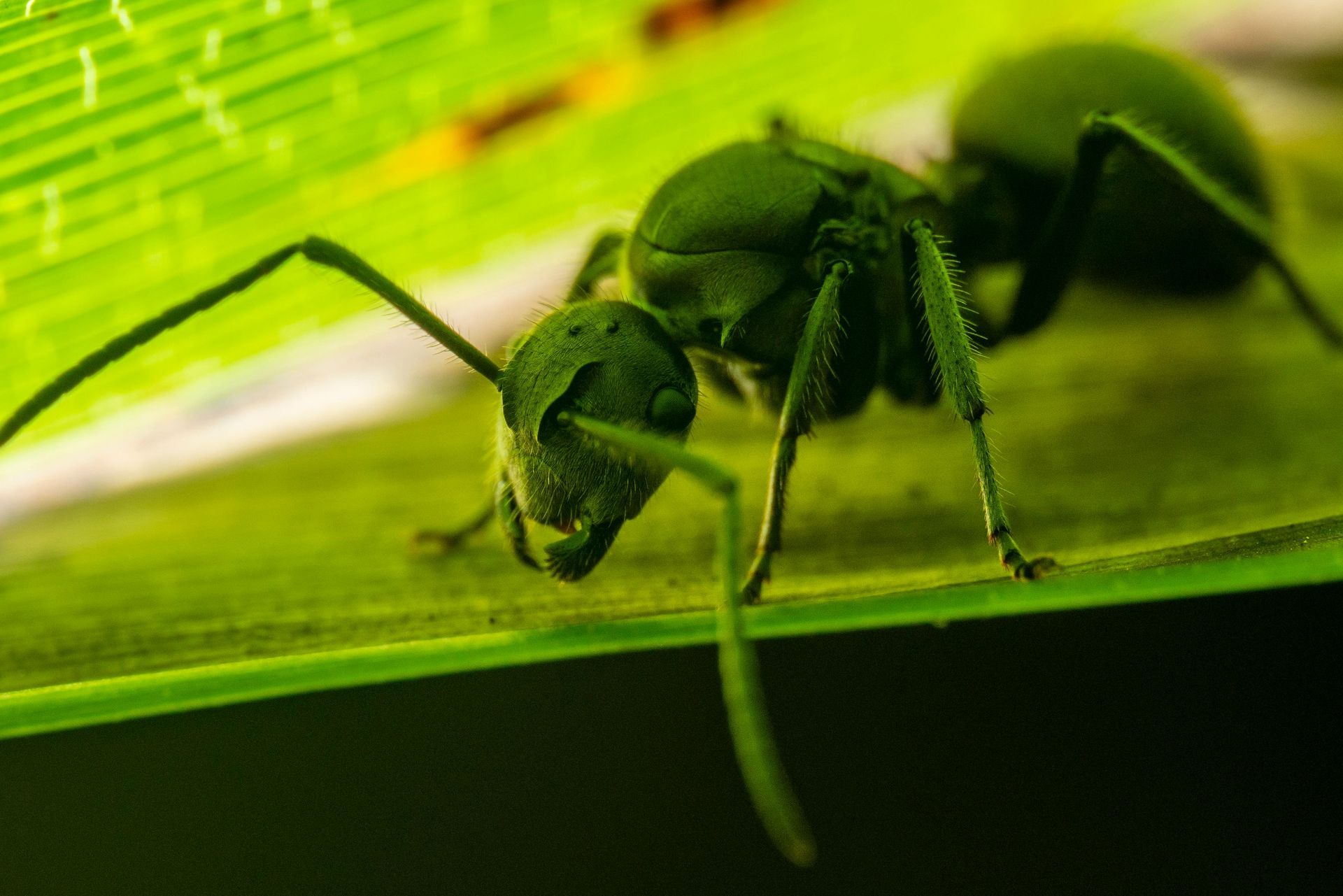The Top 3 Lawn and Garden Pests in the United States: Understanding Their Damage
Safeguarding Your Garden: Confronting the Culprits Behind Lawn and Garden Damage
Maintaining a beautiful lawn, thriving vegetable and flower gardens, and well-kept landscaping requires dedicated effort and care. However, various animals can pose a threat to the fruits of our labor, causing damage that can be frustrating and disheartening. In this article, we will explore the top three lawn and garden pests in the United States and delve into the havoc they can wreak on homeowners' vegetable and flower gardens, as well as their landscaping.
- Deer:
Deer, graceful and majestic creatures, are a common sight in many parts of the United States. Unfortunately, they can become a nuisance when it comes to maintaining a well-tended garden. These herbivores have a voracious appetite and are known to graze on vegetable gardens, devouring tender leaves and flowers. They have a particular fondness for fruits and vegetables like lettuce, beans, and strawberries. Deer can cause significant damage by trampling plants and tearing through fencing to gain access to gardens. Erecting sturdy fences and using repellents can be effective deterrents to keep deer at bay. - Groundhogs:
The adorable and elusive groundhog, also known as a woodchuck, can wreak havoc on gardens and landscaping. Groundhogs are burrowers, digging intricate tunnels underground, which can undermine the foundation of buildings and ruin lawns. Moreover, they have a penchant for leafy vegetables, herbs, and flowers. Groundhogs can devour entire rows of lettuce or decimate a carefully cultivated flower bed overnight. Protecting gardens from groundhogs requires a combination of measures such as installing barriers around the perimeter of the garden, employing live traps, and using scent deterrents to discourage their presence. - Squirrels:
While squirrels may seem cute and harmless, they can cause significant damage to gardens and landscaping. These agile creatures are known for their acrobatics and nimble tree climbing. Unfortunately, they have a knack for pilfering freshly planted bulbs, digging up lawns in search of buried nuts, and stripping the bark off young trees. Squirrels can also dig up newly seeded areas, causing patchy growth. Preventing squirrel damage can be challenging, but various methods can help deter them. Using physical barriers like wire mesh around bulbs and trees, placing squirrel-resistant feeders in other areas of the yard, and employing scent deterrents can all help reduce squirrel-related garden damage.
Maintaining a flourishing garden and well-maintained landscaping requires diligence and vigilance, especially when dealing with common lawn and garden pests in the United States. Understanding the damage these animals can cause is the first step in protecting our vegetable and flower gardens. Deer, groundhogs, and squirrels are among the top culprits responsible for wreaking havoc on our beloved plants. Erecting barriers, using repellents, and employing deterrents can help mitigate the damage caused by these pests. Additionally, seeking advice from local gardening experts or wildlife control professionals can provide tailored strategies to tackle specific pest problems.
Remember, it's important to strike a balance between preserving the natural environment and protecting our gardens. Implementing humane and environmentally friendly methods to deter pests can help us coexist with these creatures while maintaining the beauty of our outdoor spaces. With patience and persistence, we can create flourishing gardens and landscapes that thrive, even in the face of these pesky intruders.
Critter Repellent All Natural Animal Repellent Blog
